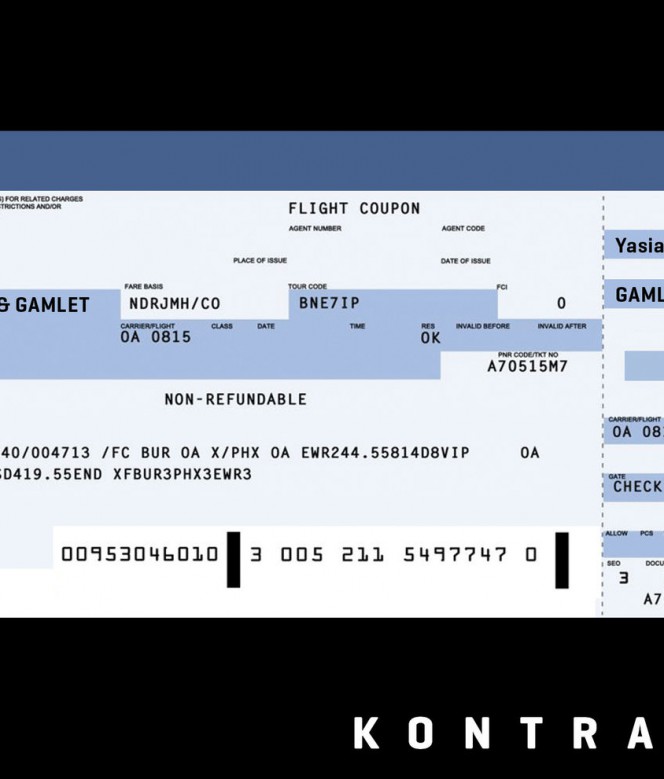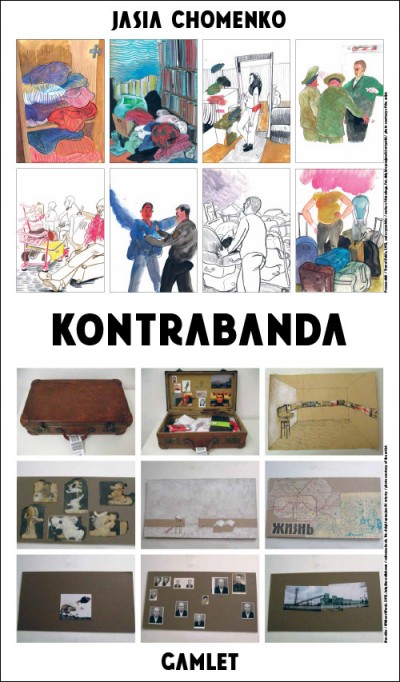Gamlet says that when he is invited to do an exhibition in another country (especially when the budget is not very big), it is usually easier for him to create something on the site to avoid the nightmare of dealing with the transborder shipment and custom formalities. At other times, for the same reason, it is simpler to bring the works in personal luggage.
In the presented series of colour drawings, Yasia Khomenko references the theme of contraband almost literally. The fragmentariness of the real-life situations depicted, the choice of standard A4 format and other clues make these seem like notes in a sketchbook, an attempt to capture the passing moment. Travel is the main theme of this visual narrative; the preparations for and a trip itself are shown, with a particular focus on the part where a traveller from the ‘wrong’ side of the border is typically treated as a potential smuggler. Many of Khomenko’s drawings are based on images found through google, the artist searching for a keyword (a place or an issue) and then using the images provided by google in a random manner, without verification, which produces an interesting mix of truth, fiction or error. One of Ukraine’s most prominent up-and-coming fashion designers, Khomenko shows also a collection of costumes-objects which ‘played’ in her ‘artistic smuggling’ performance: a flight from Kyiv to Warsaw, with those objects put on her, the photographic documentation of which is presented.
Gamlet is a well-known member of the Ukrainian art scene. A painter and draughtsman, among other things, he is an author of canvas pieces (often post-industrial landscapes or portraits) as well as mural compositions inspired by cartoon, propaganda and street art. Of such a character is also the black-white mural painting created for the show. The images smuggled through the border in the artist’s head and later recreated on the gallery’s walls are accompanied by text.
Gamlet is an avid collector of antiquities and the human stories contained therein. He uses the found objects or photographs to create collages, joining them with drawing, sometimes assembling into artist’s books. The show features several such – specially created – works, brought by Gamlet to Warsaw in an old cardboard suitcase on a train from Kharkiv, in a bold act of ‘artistic smuggling’. The artist’s collage-like and often random strategy – using readymade elements to create new entities – resembles Khomenko’s ‘google search’ method.
We are very happy being able to present projects by Yasia Khomenko and Gamlet in Poland, where many middle- and older-generation artists still remember their own – politically and economically necessitated – acts of artistic contraband. In a metaphoric and tongue-in-cheek manner, the exhibition thus comes across also as a reflection on the condition of the contemporary artist.

